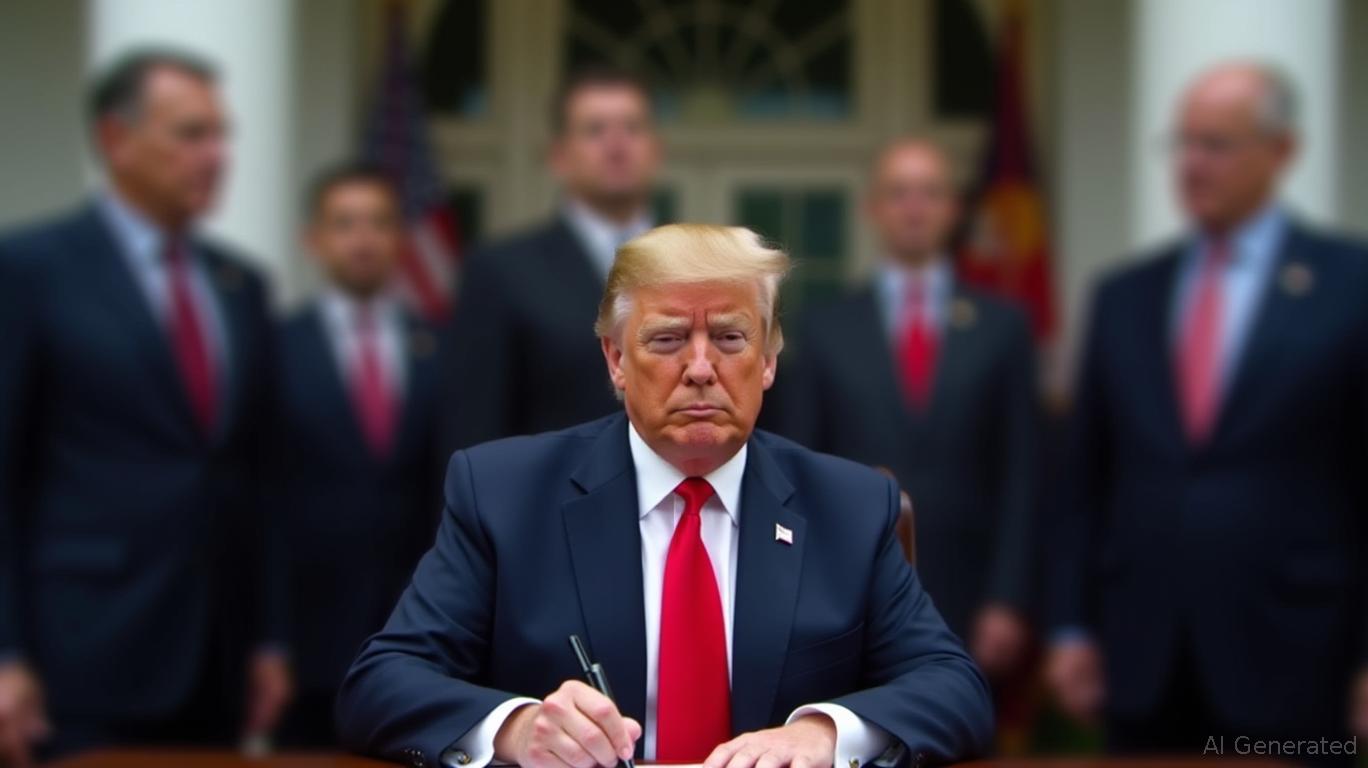Tariff Shockwaves Send Stocks Lower as Trump Targets Japan and South Korea
Chinas Secret Weapons in the Trade WarU.S. stocks retreated sharply Monday as investors reacted to President Donald Trumps newly issued tariff letters targeting key Asian allies Japan and So

U.S. stocks retreated sharply Monday as investors reacted to President Donald Trump's newly issued tariff letters targeting key Asian allies Japan and South Korea, reigniting fears of a fresh escalation in global trade tensions.
At the closing bell, the Dow Jones Industrial Average fell 422.17 points, or 0.94%, to 44,460.46. The Nasdaq Composite lost 188.59 points, or 0.92%, to 20,412.5, while the S&P 500 shed 49.37 points, or 0.79%, to finish at 6,229.98. The small-cap Russell 2000 Index led the downside, sliding 1.49%.
The declines came after the White House released two near-identical letters from President Trump to Prime Minister Ishiba Shigeru of Japan and President Lee Jae-myung of South Korea. Dated July 7, the letters outlined a sweeping new 25% tariff on all Japanese and Korean imports to the U.S., effective August 1, 2025. The move, Trump wrote, is intended to correct “many years of... Tariff, and Non Tariff, Policies and Trade Barriers” that he argued have created "unsustainable Trade Deficits against the United States."
“If for any reason you decide to raise your Tariffs, then... the number you choose to raise them by, will be added onto the 25% that we charge,” Trump warned both leaders, signaling a hardline stance. However, he also extended an olive branch, stating there would be "no Tariff if Japan [or Korea], or companies within your Country, decide to build or manufacture product within the United States.”
The letters, first signaled over the weekend, followed a flurry of conflicting messages from senior administration officials. As previously reported, Treasury Secretary Scott Bessent said on Sunday that August 1 is now the effective date for a wide range of tariffs to resume, even though a prior deadline had been set for July 9. Commerce Secretary Howard Lutnick confirmed the implementation timeline, while National Economic Council Director Kevin Hassett hinted there could still be “wiggle room.”
Investors, already navigating thin post-holiday trading and looking ahead to second-quarter earnings season, took the tariff news as a cue to lock in recent gains. The broader risk is that continued mixed messaging out of the White House could undermine investor confidence particularly as companies across sectors are still adjusting from the April tariff wave, which targeted autos, steel, and Chinese goods.
Adding to concerns, the administration’s trade stance appears to be hardening not just toward Asia. The White House also confirmed plans to impose a 10% tariff on BRICS-aligned countries it deems "anti-American," potentially complicating negotiations with India and Brazil.
While Monday’s losses were orderly, the market’s tone has shifted to caution. With August 1 looming and global reactions to the tariff letters still unfolding, analysts expect choppy, headline-driven trading to continue into the heart of earnings season.
Disclaimer: The views in this article are from the original Creator and do not represent the views or position of Hawk Insight. The content of the article is for reference, communication and learning only, and does not constitute investment advice. If it involves copyright issues, please contact us for deletion.